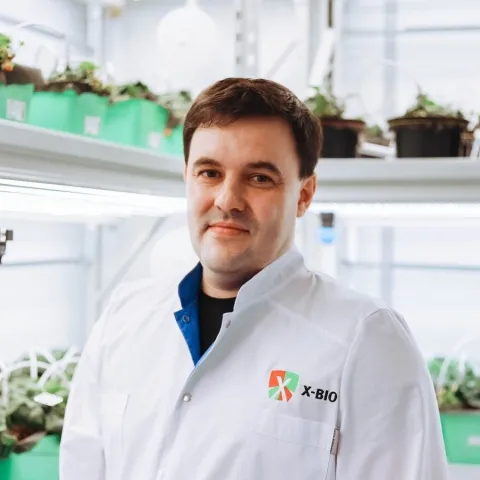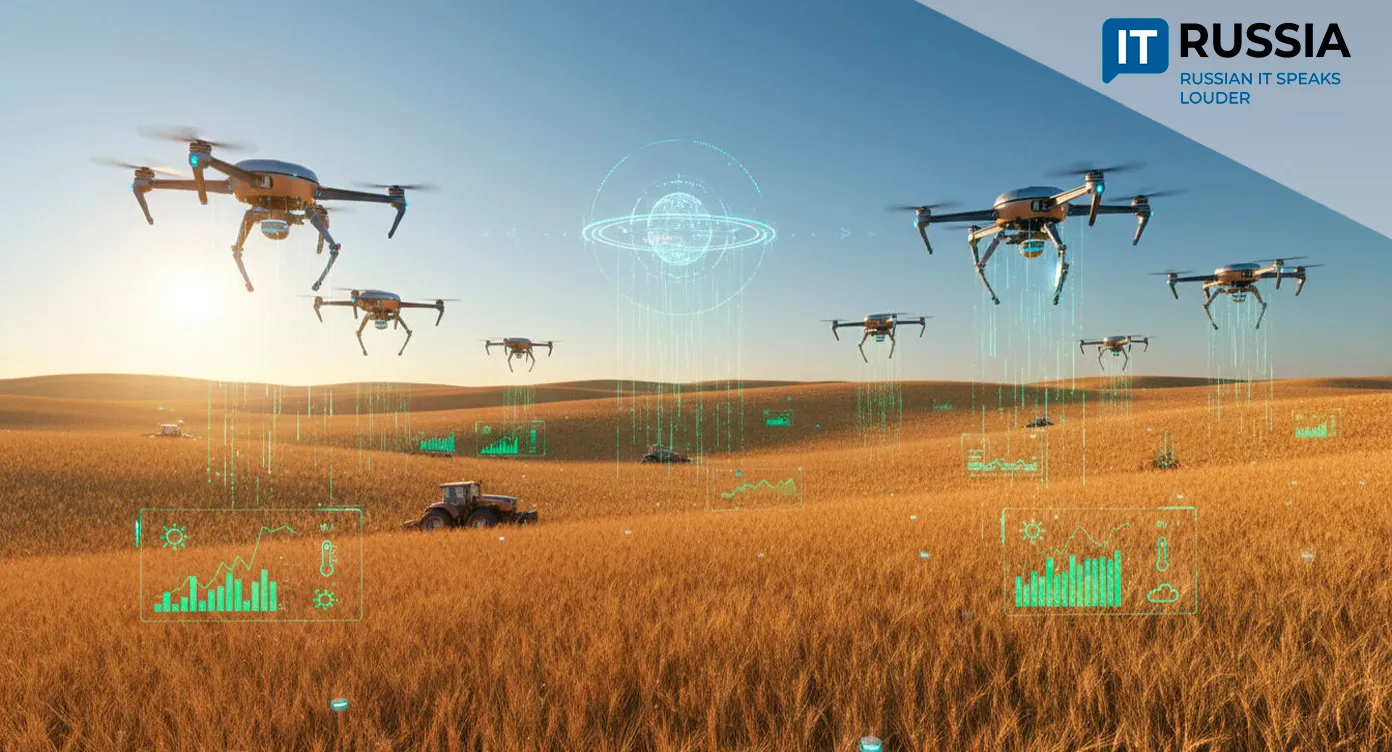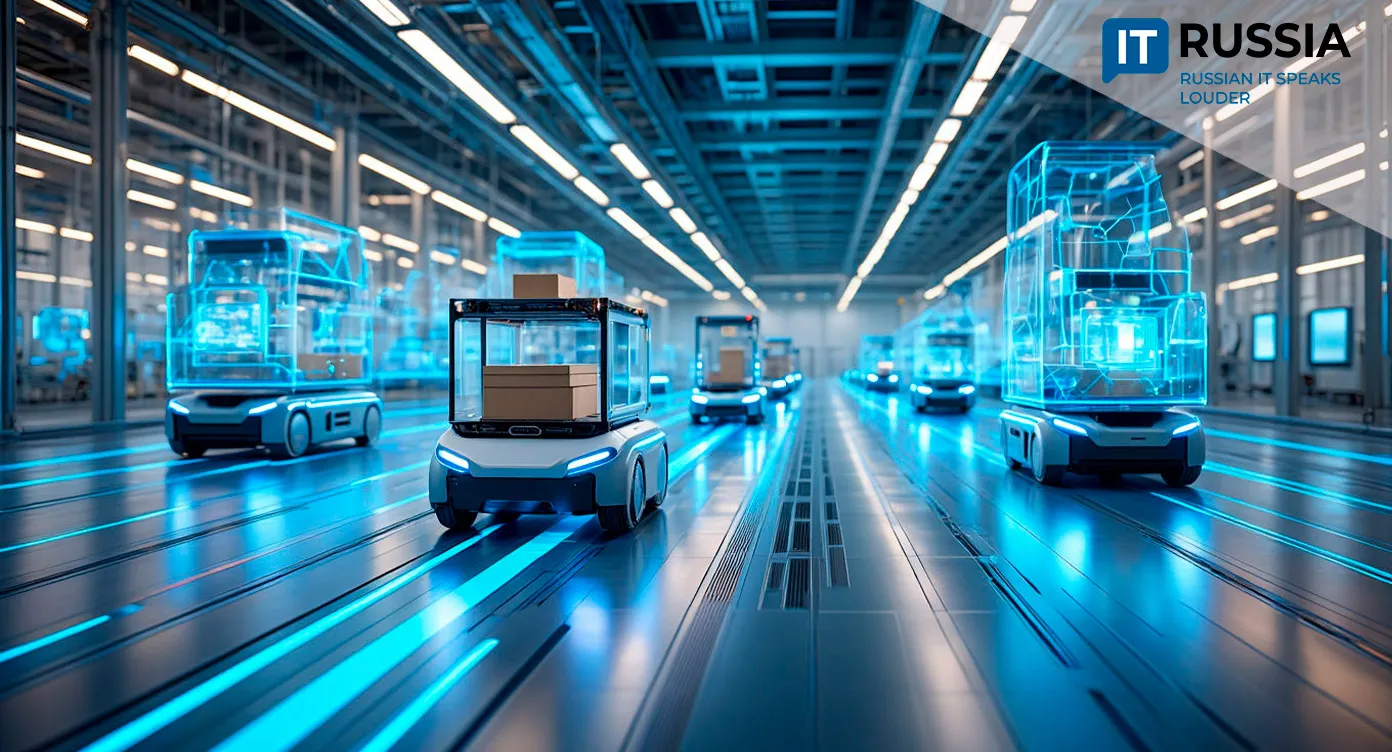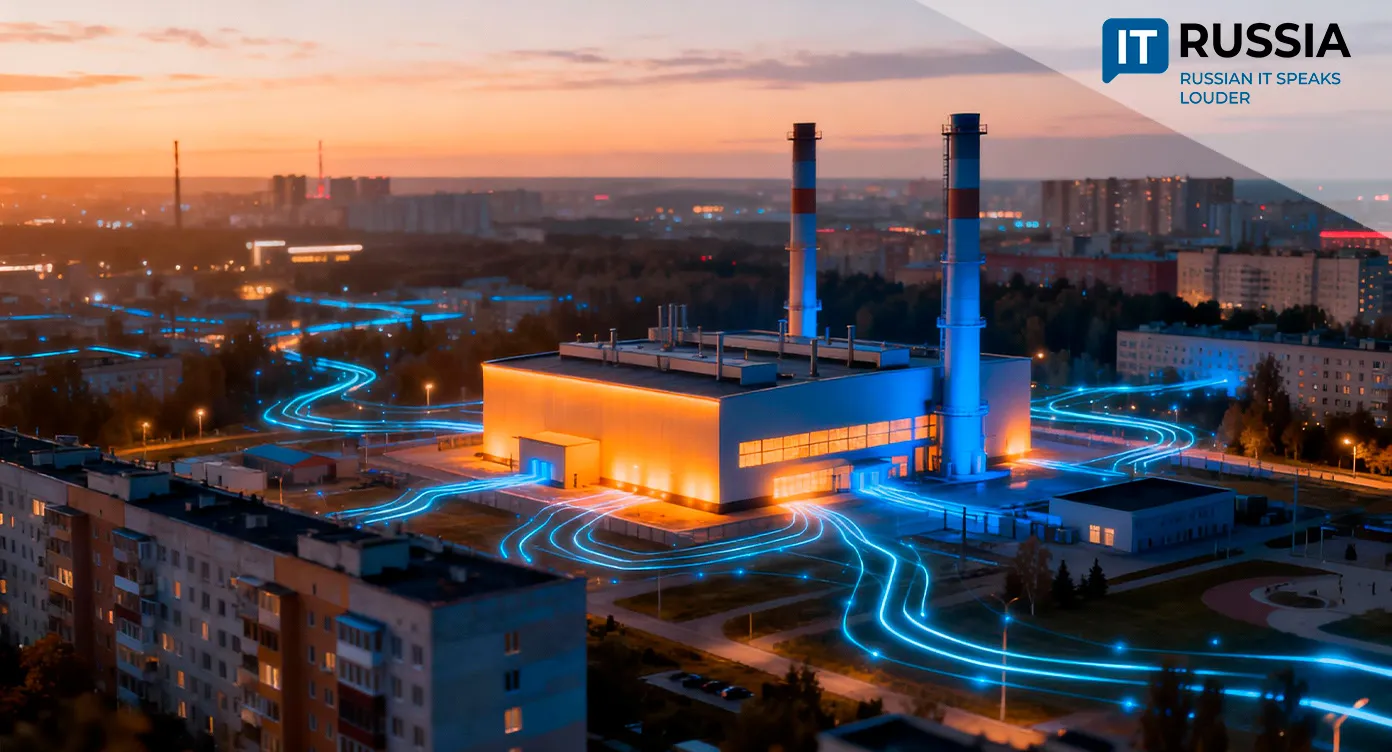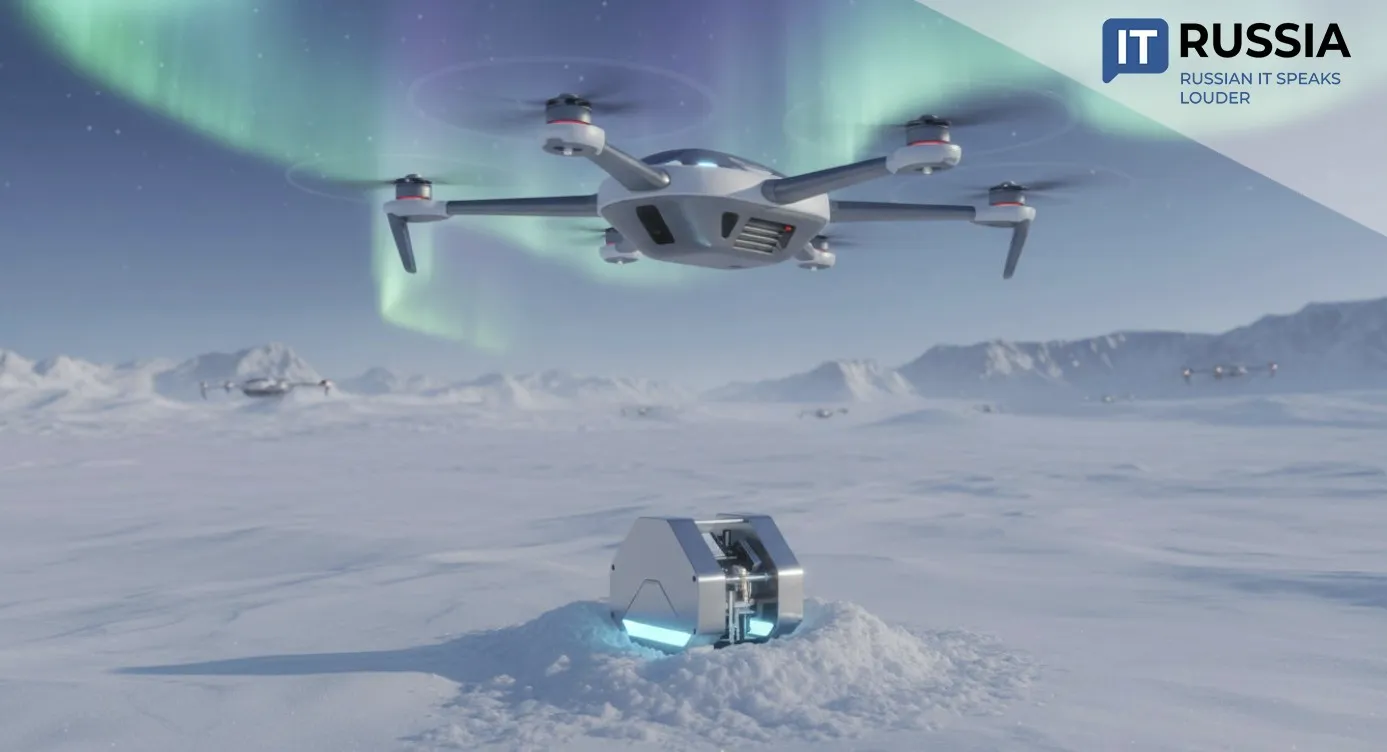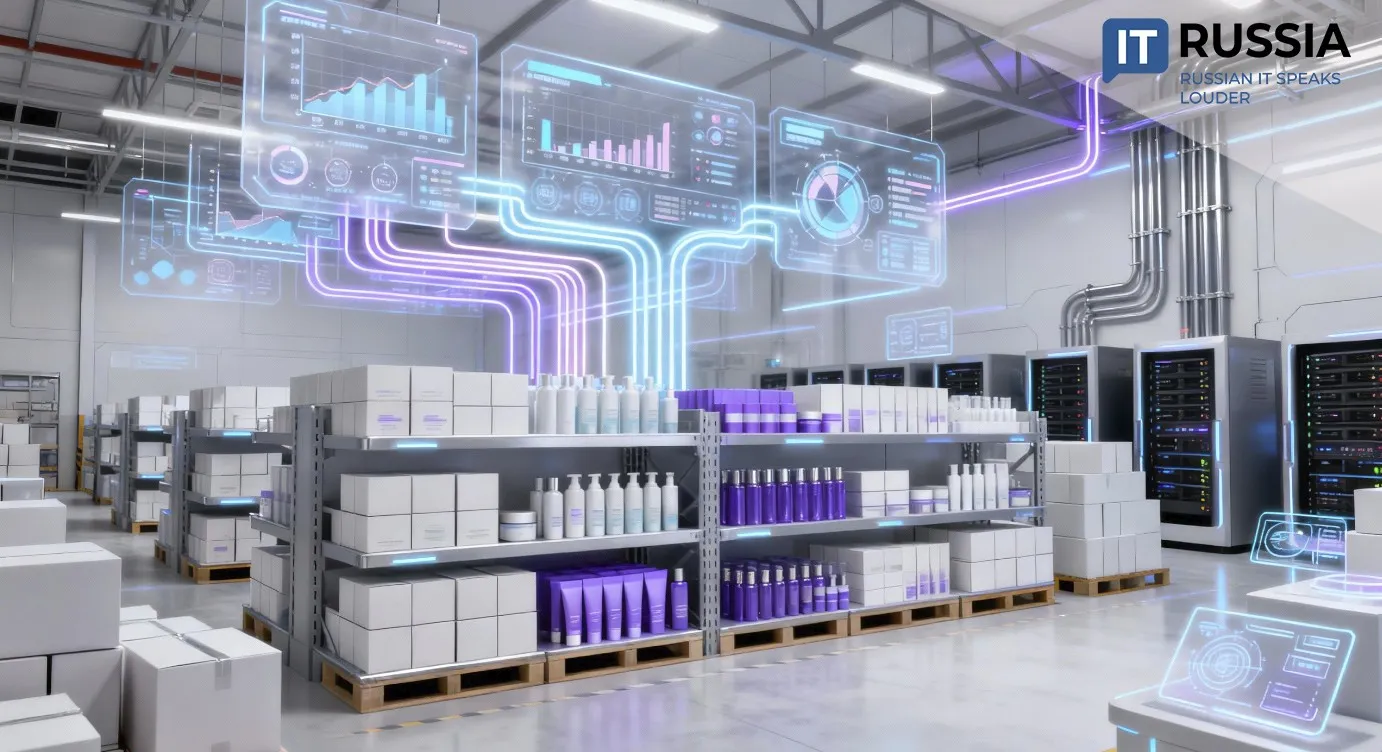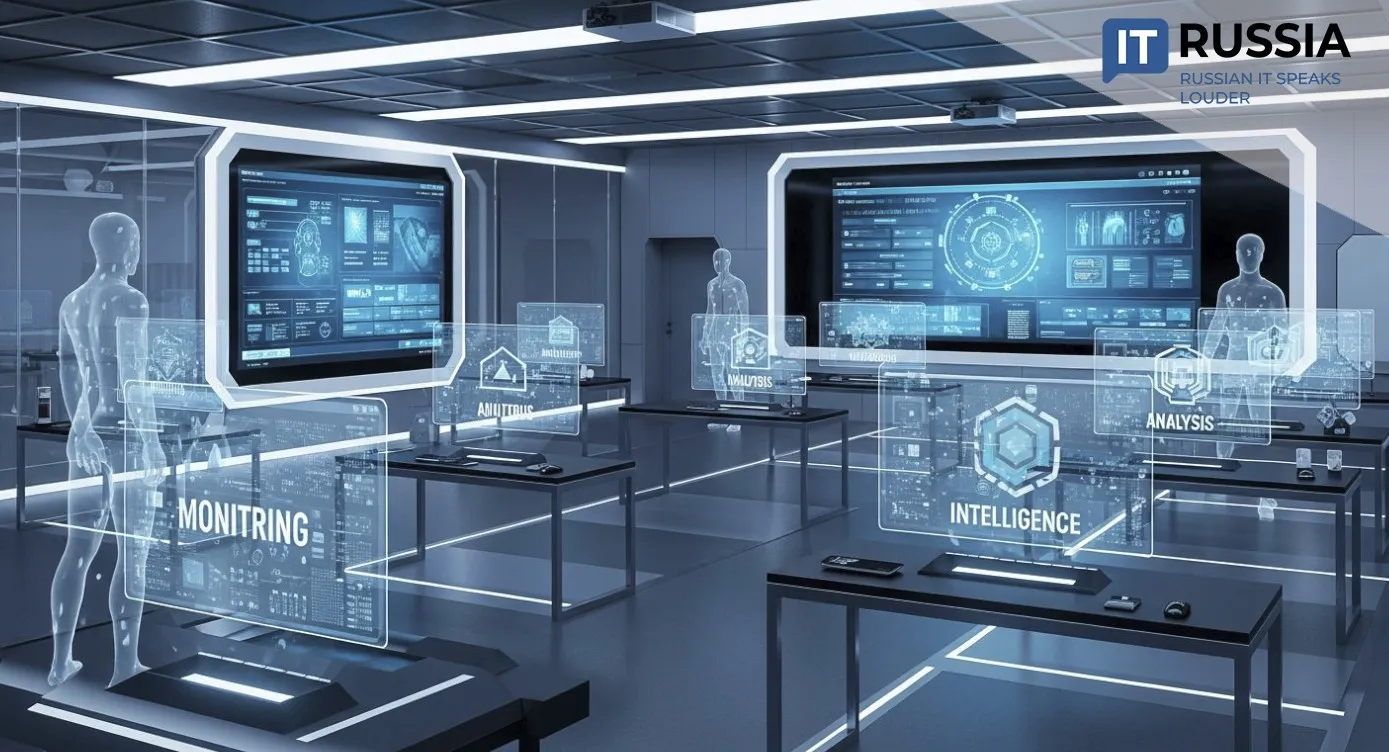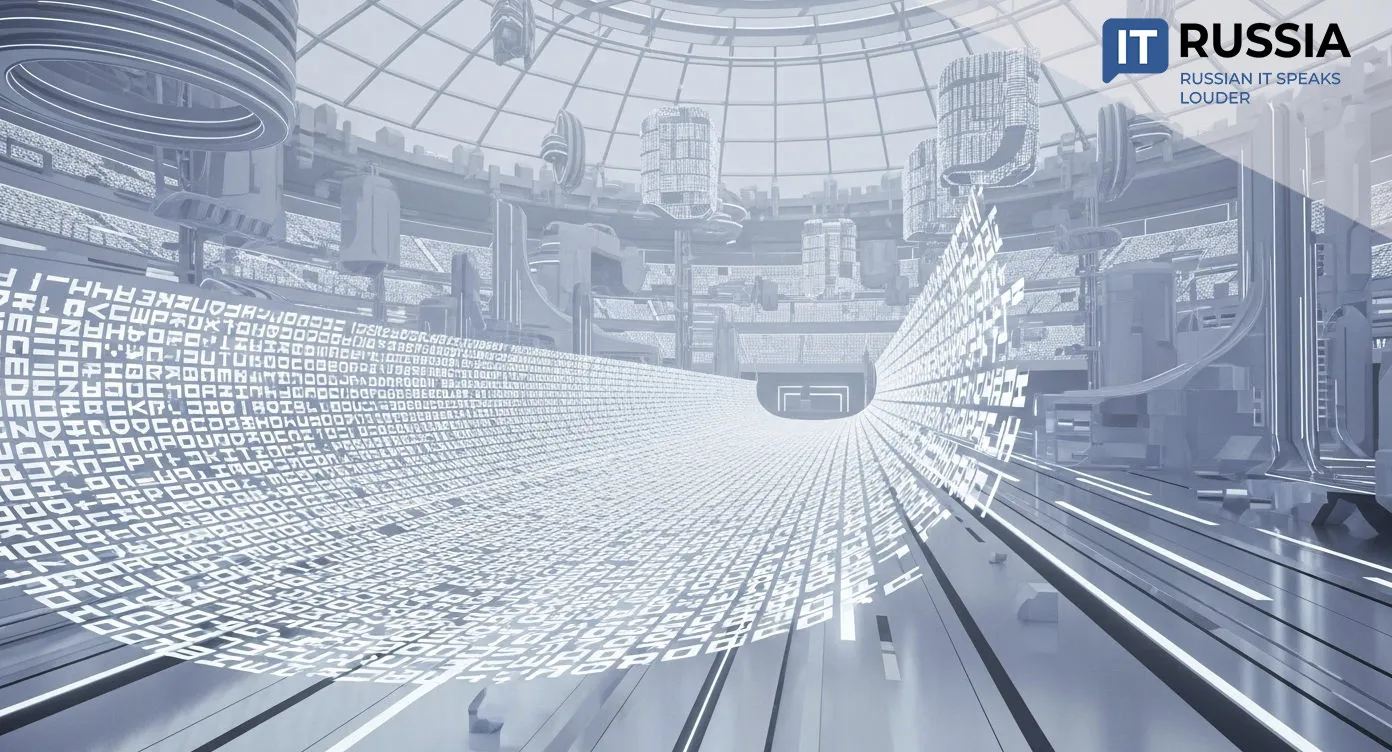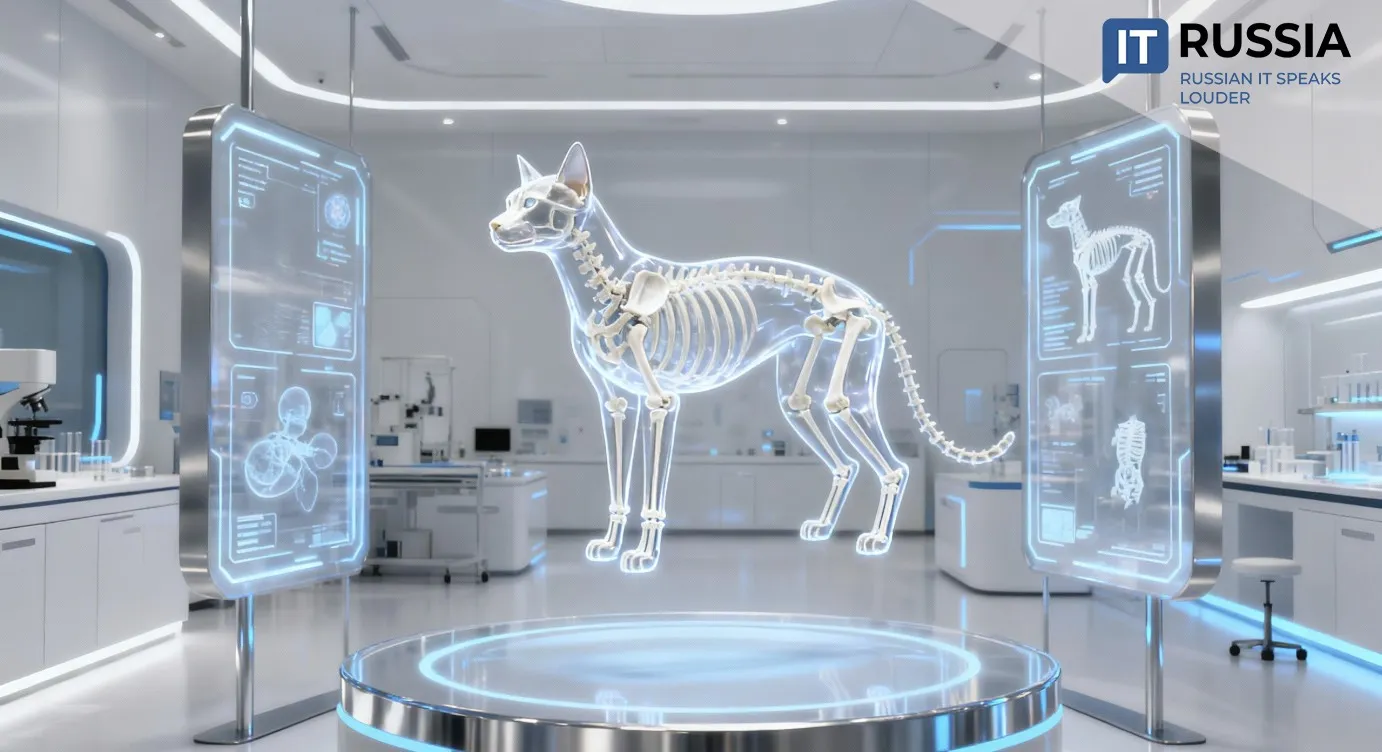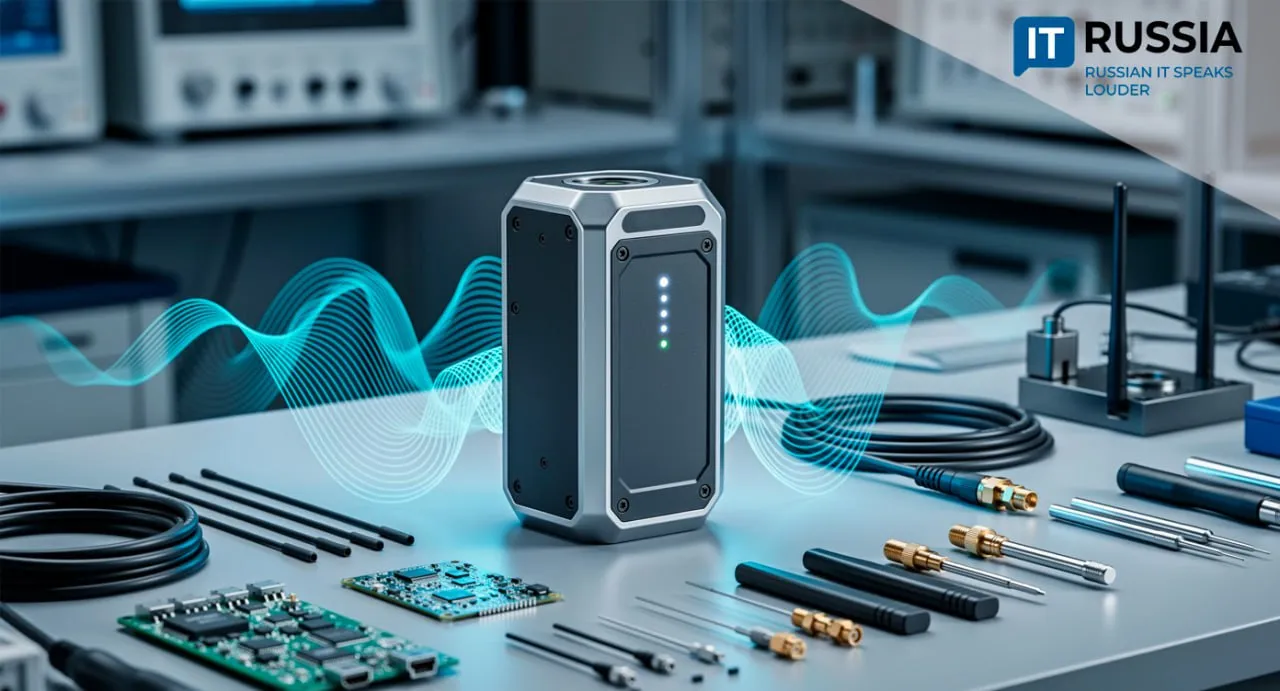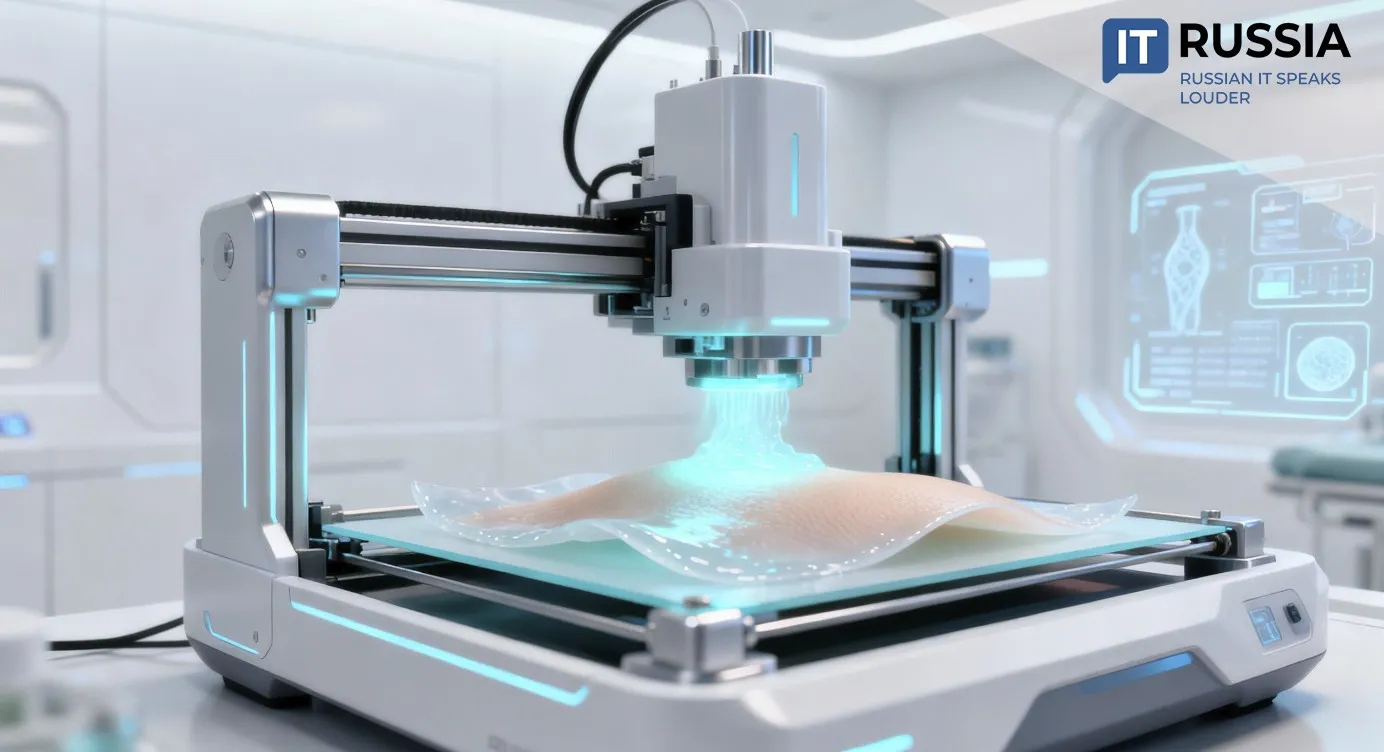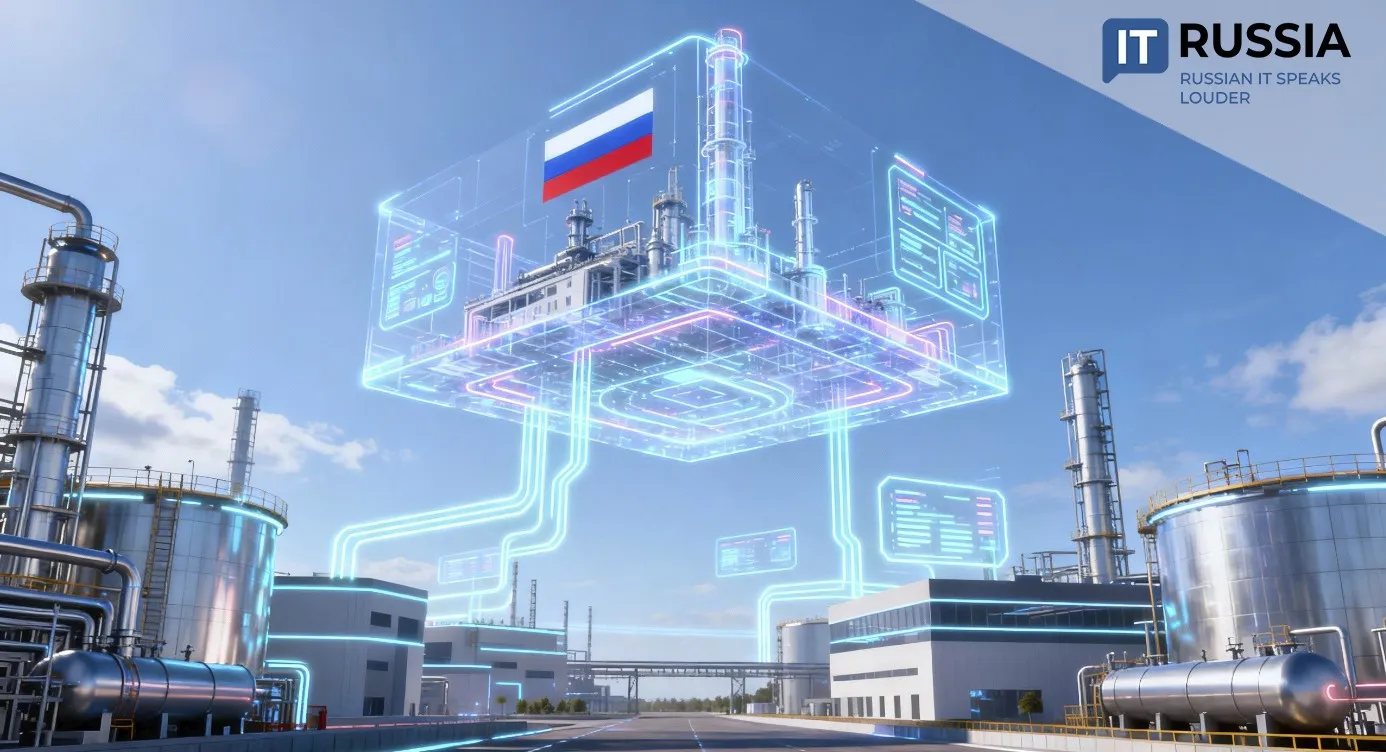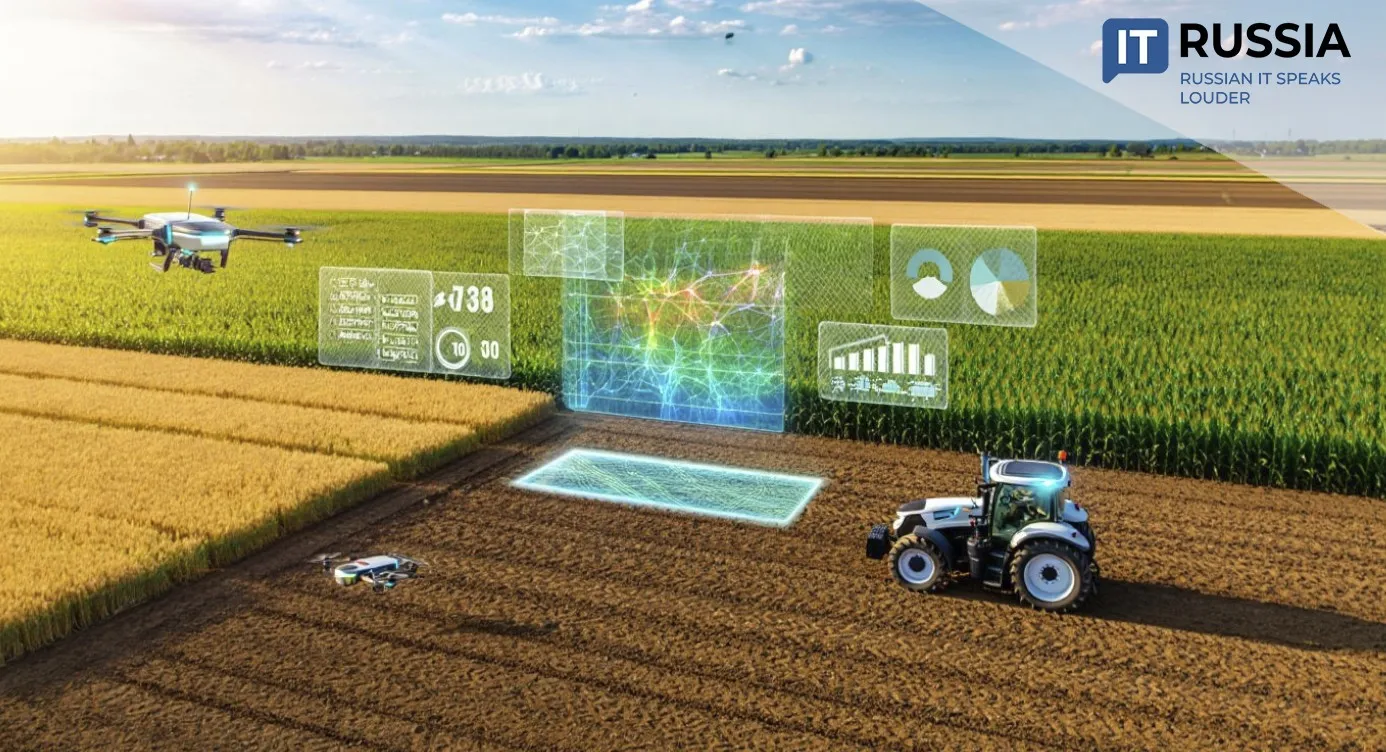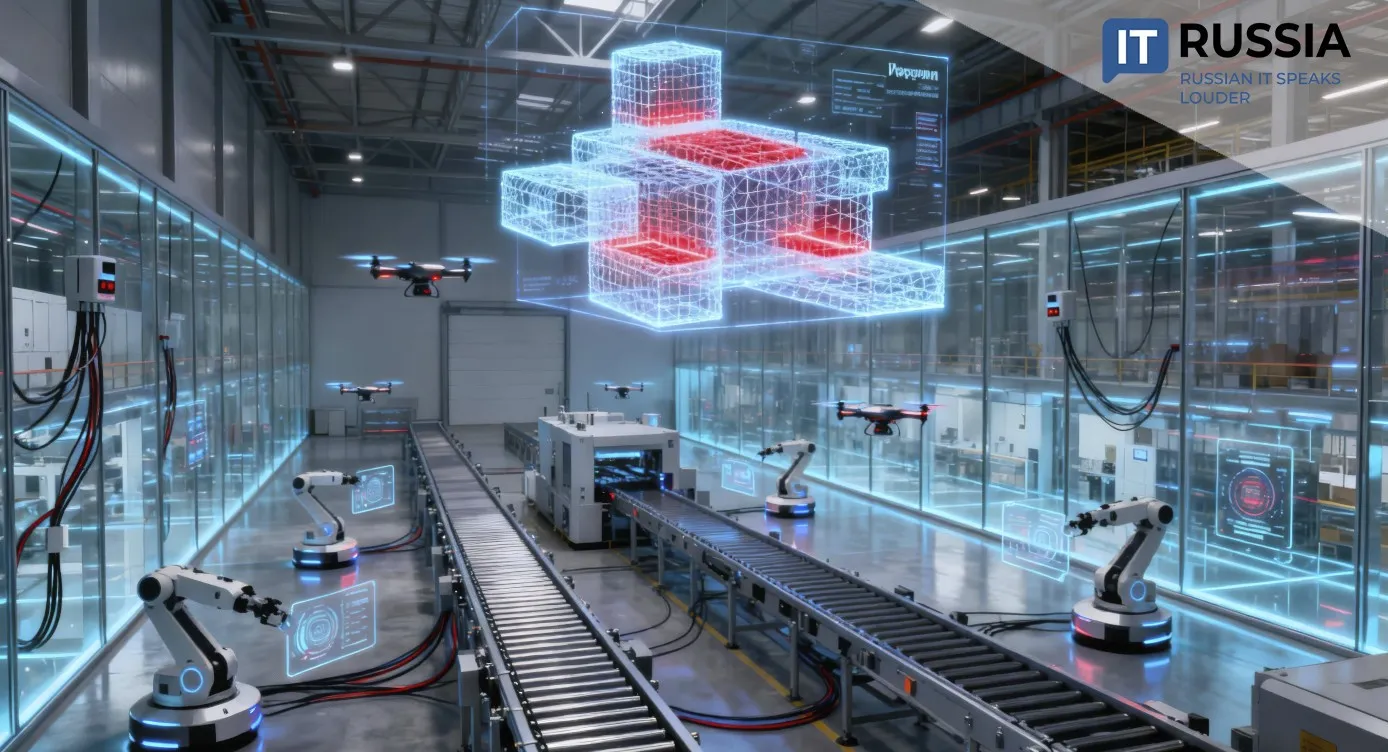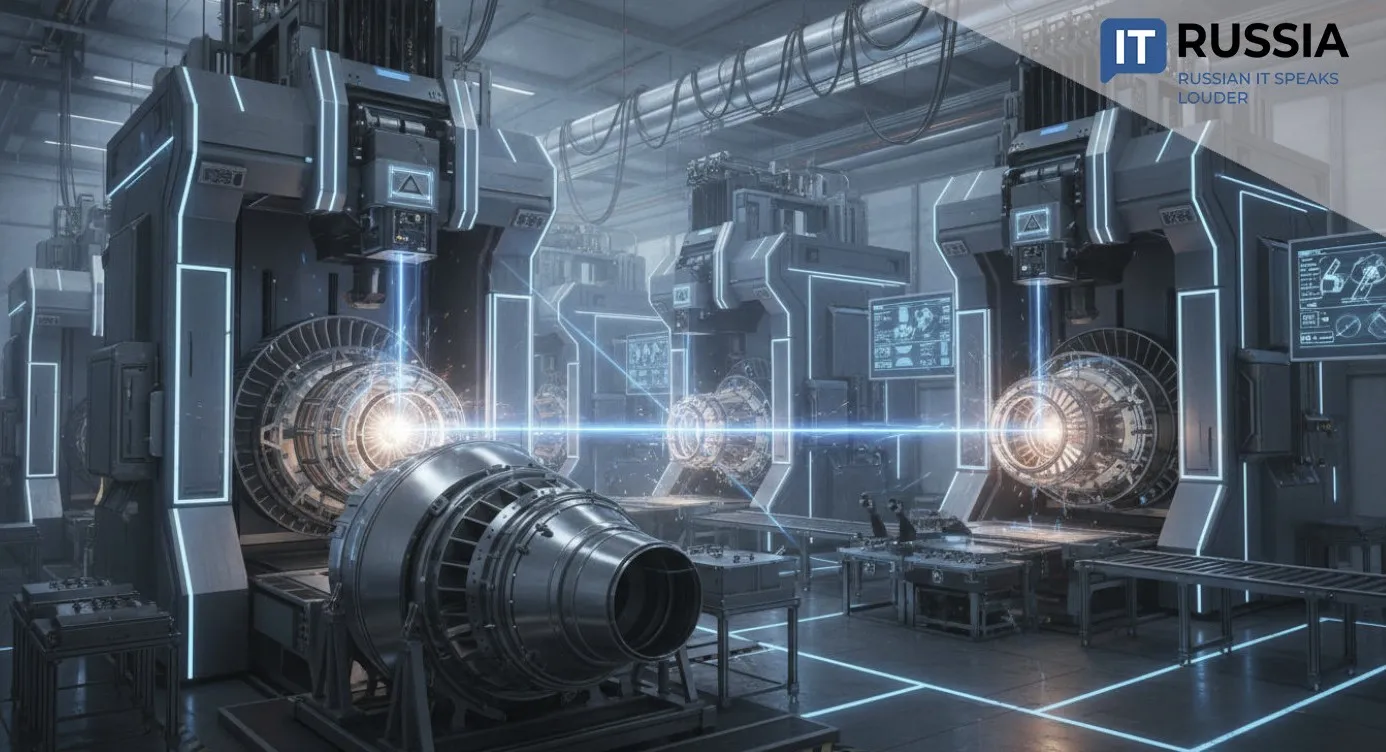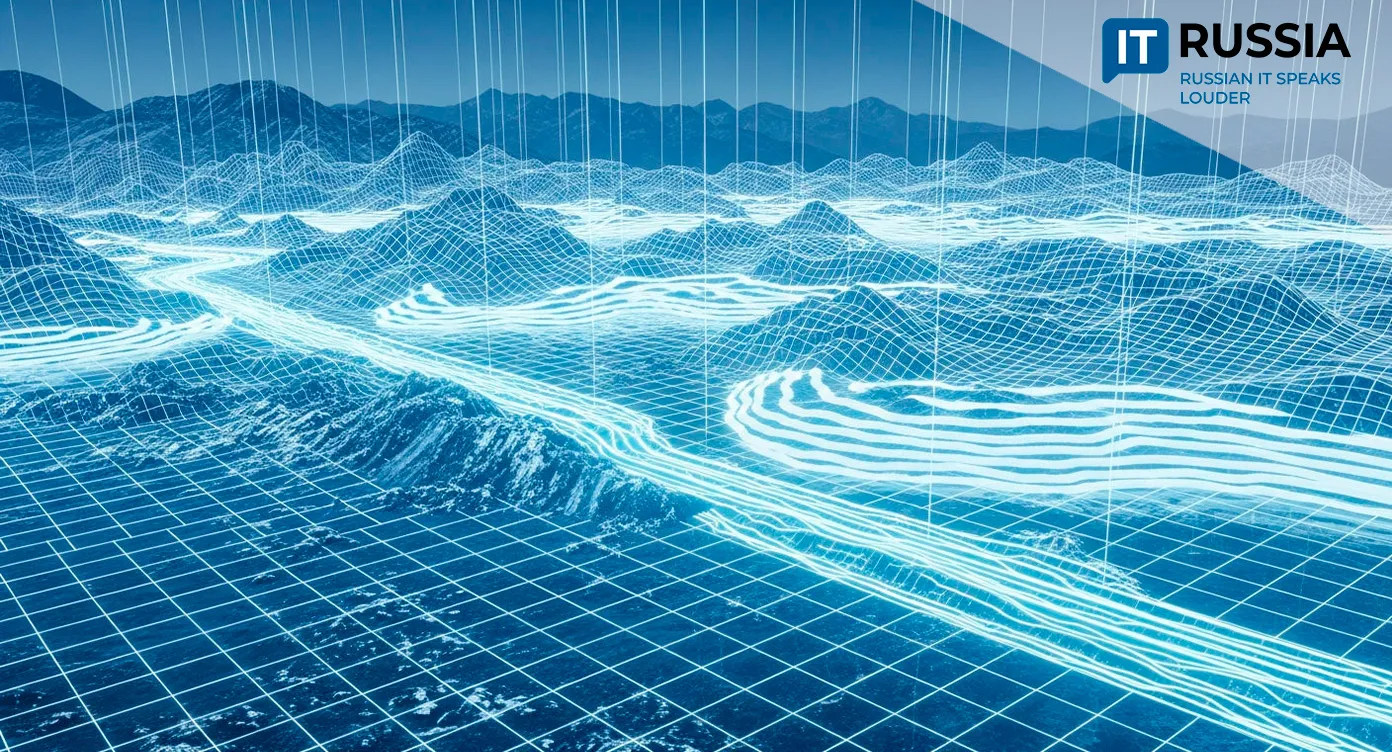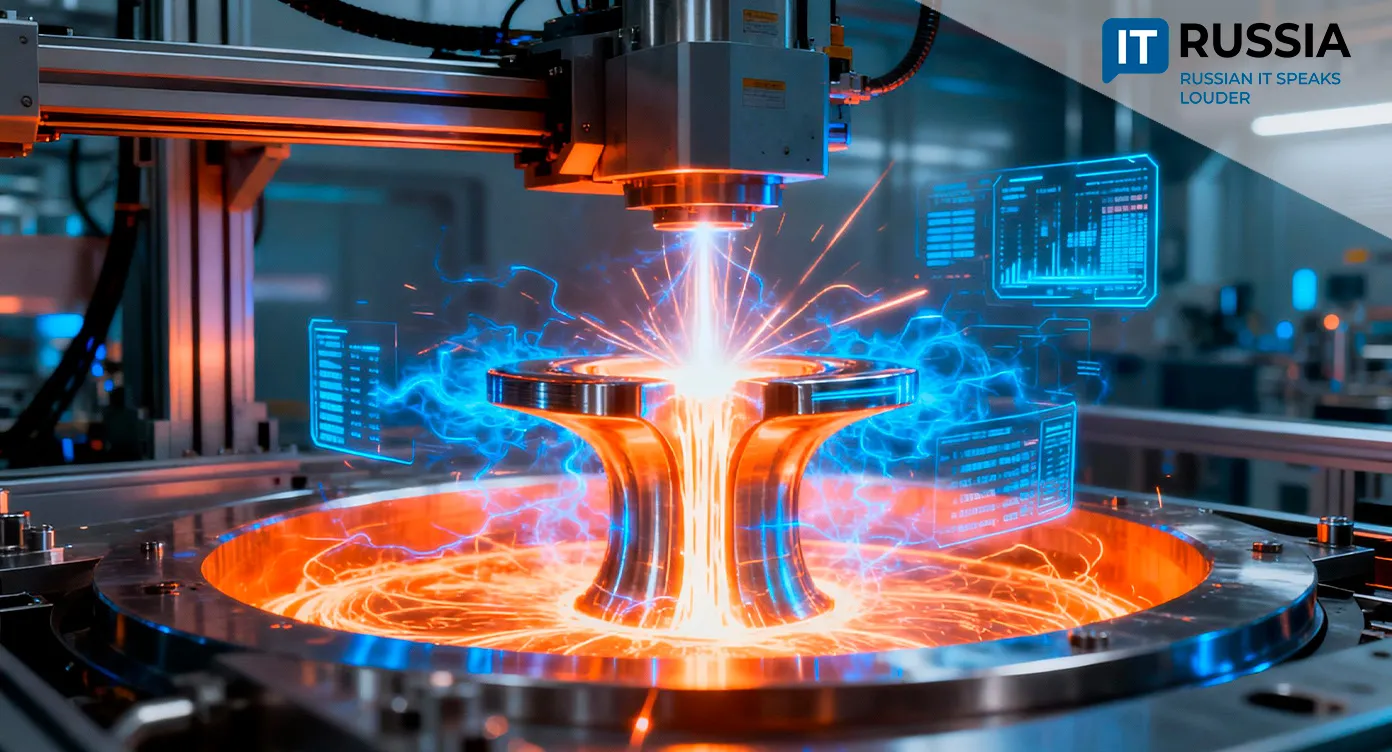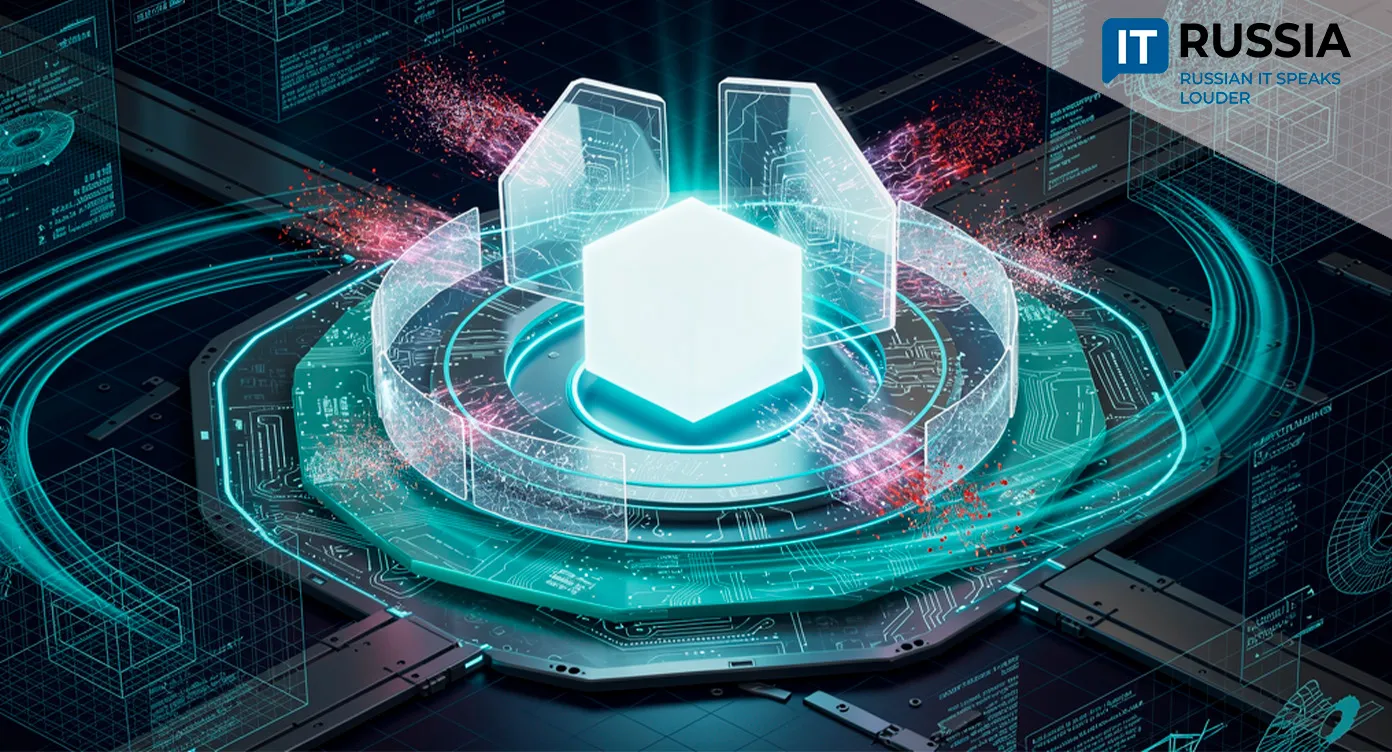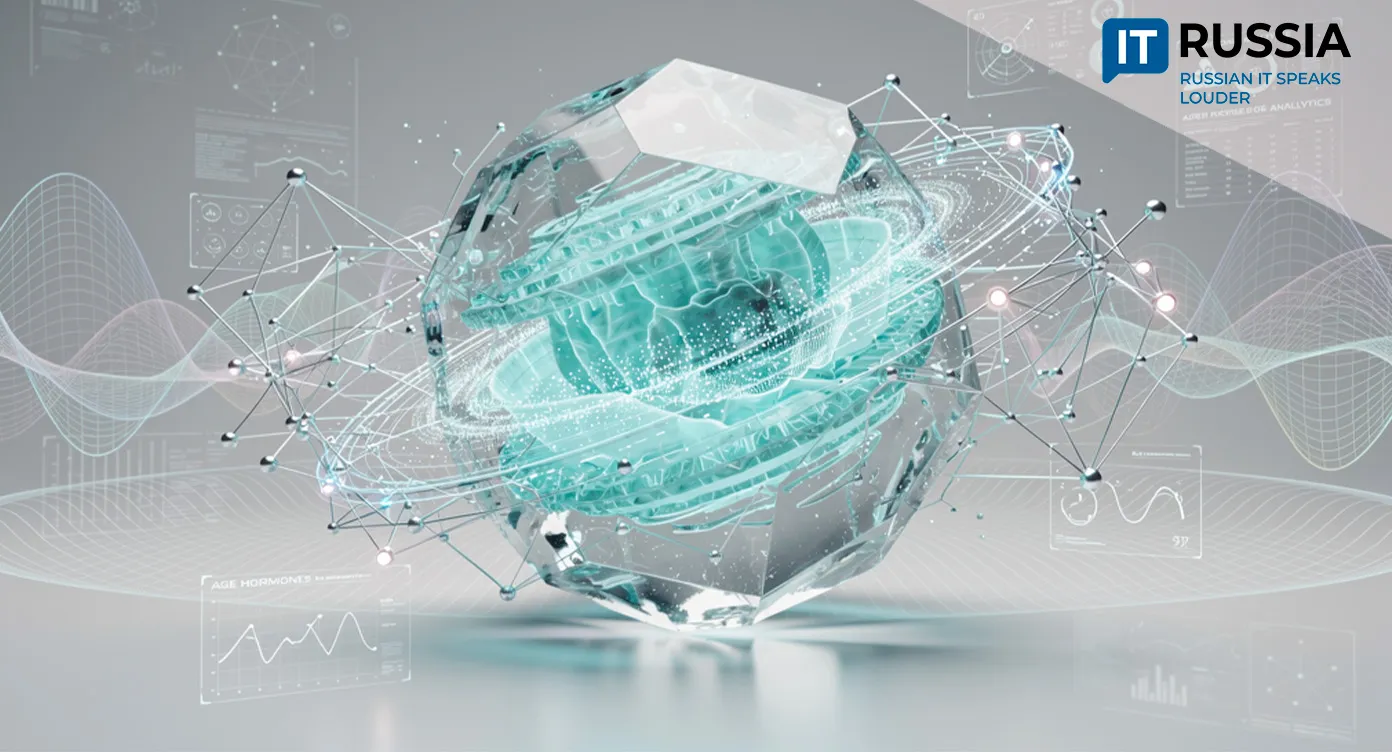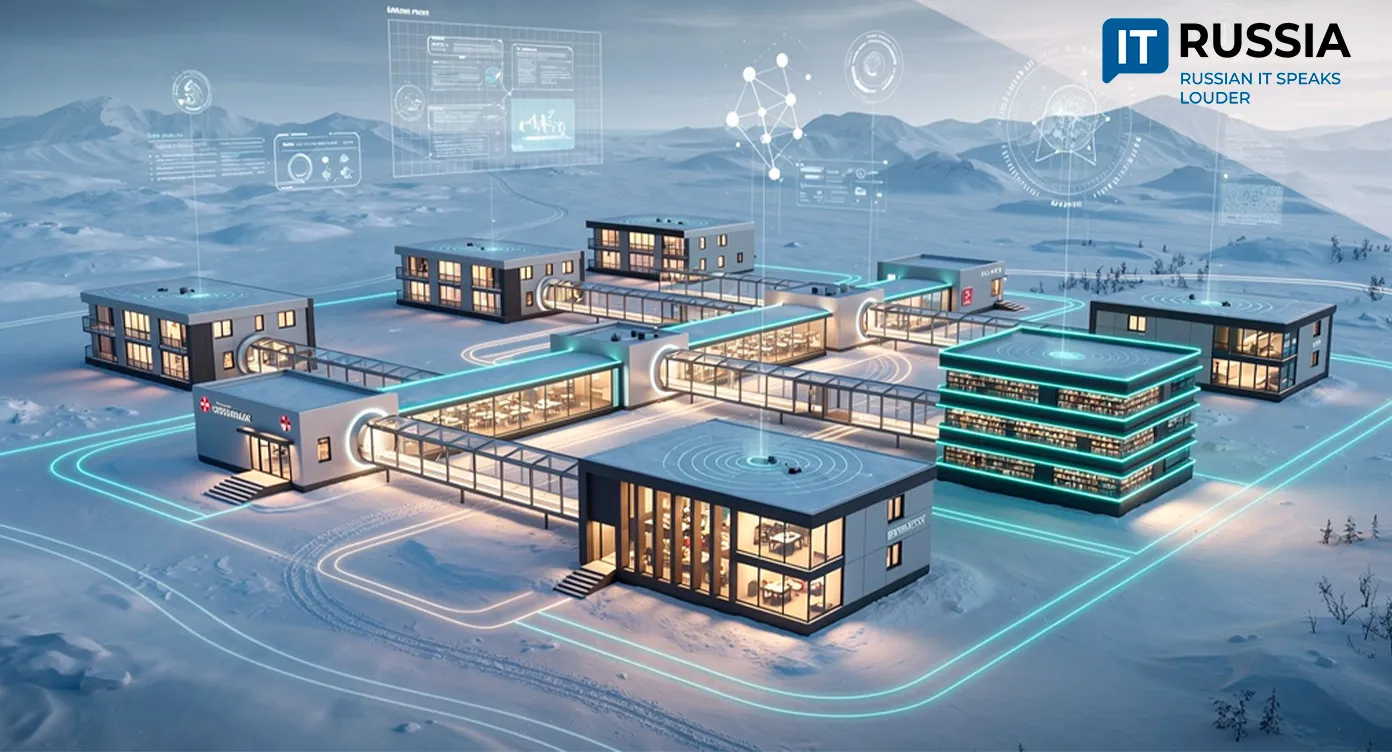Smart Bio-Protection: Robots to Help Plants Thrive
Researchers at Tyumen State University are developing an intelligent robotic system designed to monitor and protect greenhouse crops. Combining machine vision, AI, and field-tested robotics, the project aims to bring automation and precision into plant health management — transforming biological protection into a data-driven science.
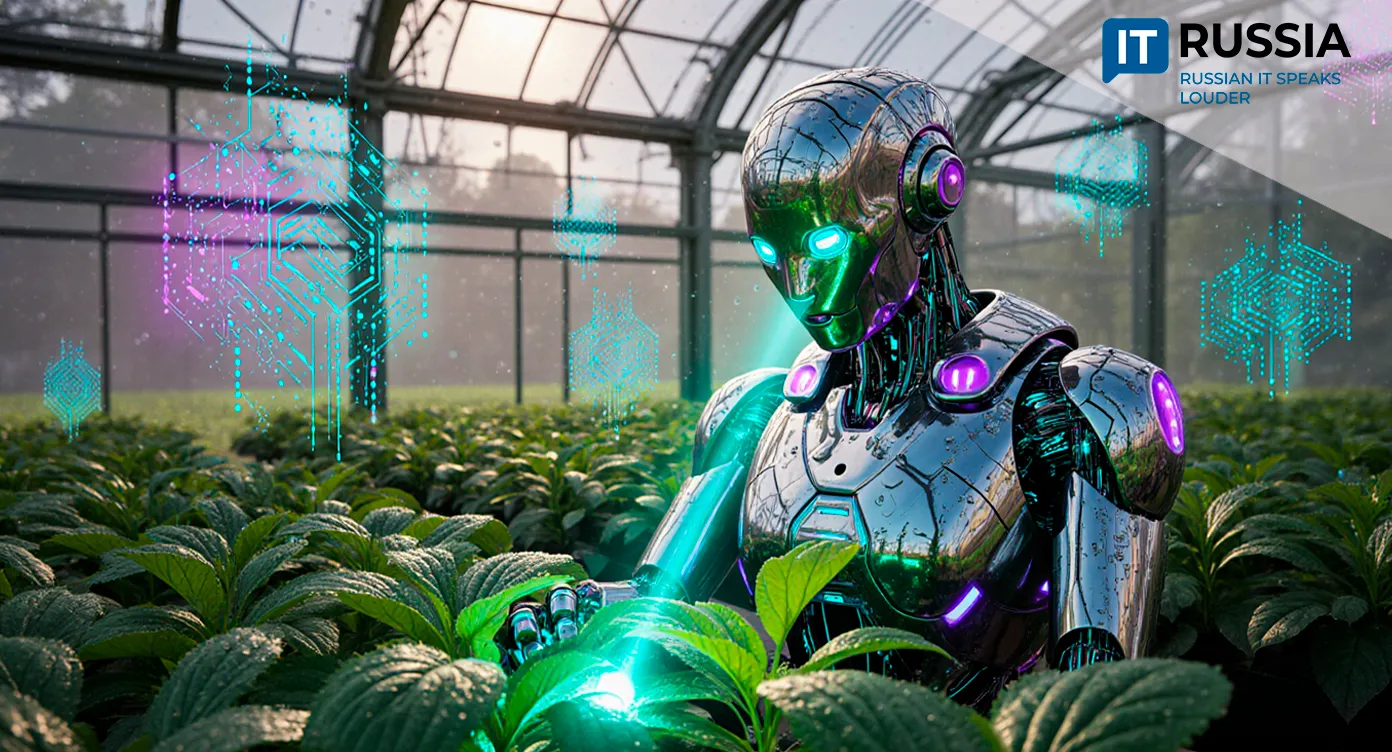
Machine Vision and Neural Networks in Agriculture
At Tyumen State University’s Institute of Environmental and Agricultural Biology (X-BIO), scientists are creating a robotic complex to monitor the condition of plants in industrial greenhouses. The system’s main goal is to automate data collection, phytosanitary control, and biological protection of crops — ultimately enabling early detection of plant diseases and pests without human intervention.
In October 2025, the team unveiled a prototype that includes an autonomous mobile platform and specialized modular attachments. The entire process — from 3D design and part printing to control system programming, navigation, and greenhouse testing — was carried out at Tyumen State University.
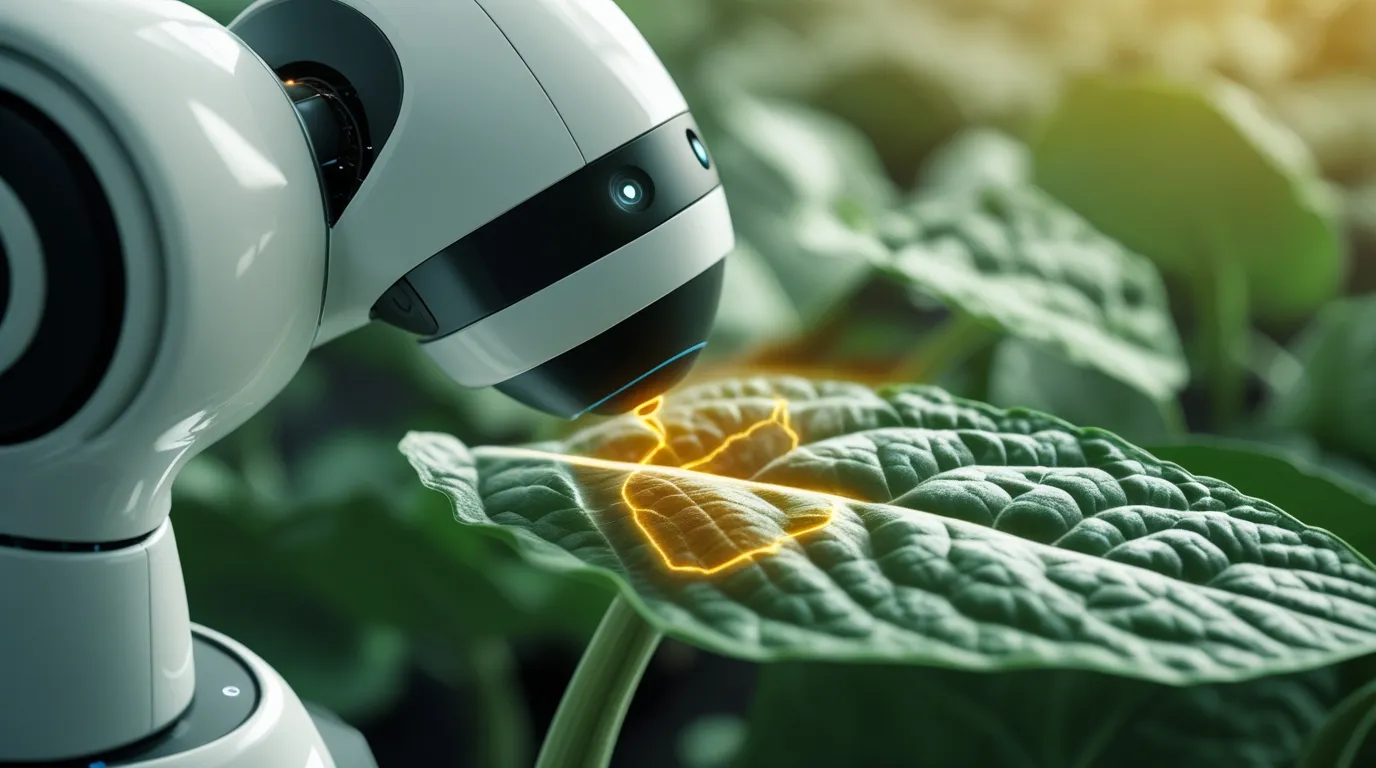
Researchers and industry partners have developed an intelligent control system capable of collecting, processing, and analyzing plant health data in real time. Using neural network models, the robot identifies early signs of stress, infection, or pest activity and helps farmers act before productivity drops.
The project reflects the growing trend of integrating advanced IT solutions into the agri-tech sector to ensure sustainable and efficient production.
Academic-Industry Collaboration and State Support
The project brings together experts from X-BIO, the School of Computer Science, and the School of Natural Sciences at Tyumen State University, along with specialists from private technology firms and innovation centers who are contributing to the physical development of the robot. Regional agribusinesses are assisting with field testing to ensure the system meets the real-world needs of growers.
Funding comes from Russia’s Ministry of Science and Higher Education under the “Priority 2030” program, which supports scientific and technological innovation. These funds cover both specialist work and access to high-tech equipment. Based on preliminary test results, researchers plan to refine the autonomous platform’s precision and enhance the AI algorithms for greater diagnostic accuracy.
Future updates will expand the list of detectable plant diseases and pest types, with a focus on improving the speed and reliability of real-time diagnostics.
A New Digital Resource for AgriTech
The project provides a direct link between university R&D and practical biosecurity applications for agriculture. It will offer Russian growers a new high-performance tool for greenhouse operations — reducing manual labor, improving pest management efficiency, and ultimately increasing yields. Automation of this kind also enhances sustainability by reducing pesticide use and enabling data-driven crop care.
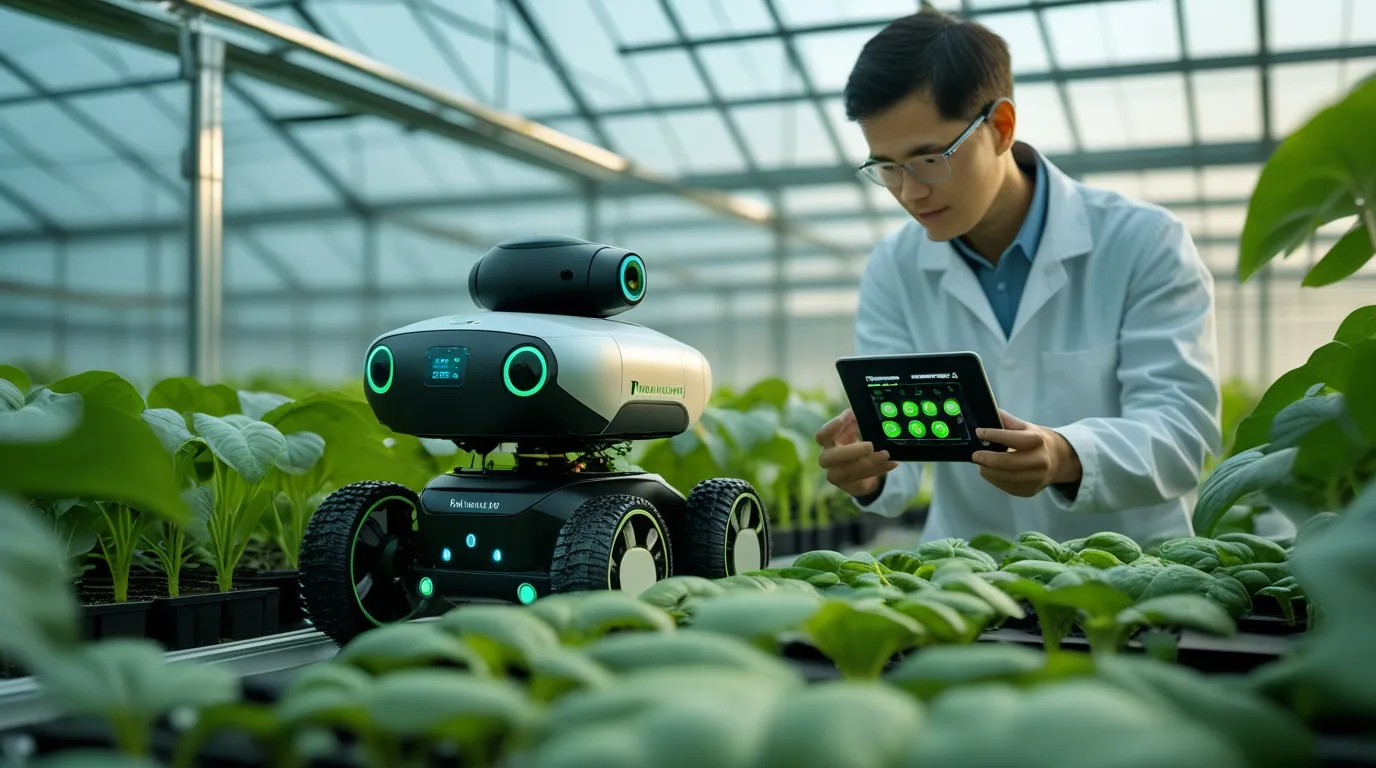
Russia’s research ecosystem in agricultural digitalization is rapidly evolving. In 2022, Tyumen State University launched a comprehensive project on drone-based phytosanitary monitoring under the national “Bio-Safe World” initiative, in collaboration with major industry players such as Agrofirma KRiMM and AgroIntel. Meanwhile, the Timiryazev Moscow Agricultural Academy developed the “Vavilov” robot, named after renowned geneticist Nikolai Vavilov.
This machine diagnoses plant health five times faster than traditional visual inspection, achieving over 90% accuracy by removing the human factor.
From Prototypes to Global Markets
The transition from AI algorithms to working robotic systems marks a pivotal stage in agricultural digitalization. Russia’s greenhouse industry is growing rapidly: by the end of 2024, domestic producers had harvested about 1.6 million tons of greenhouse vegetables — a 23.3% increase from 2019 (1.27 million tons), according to the Russian Agricultural Bank.
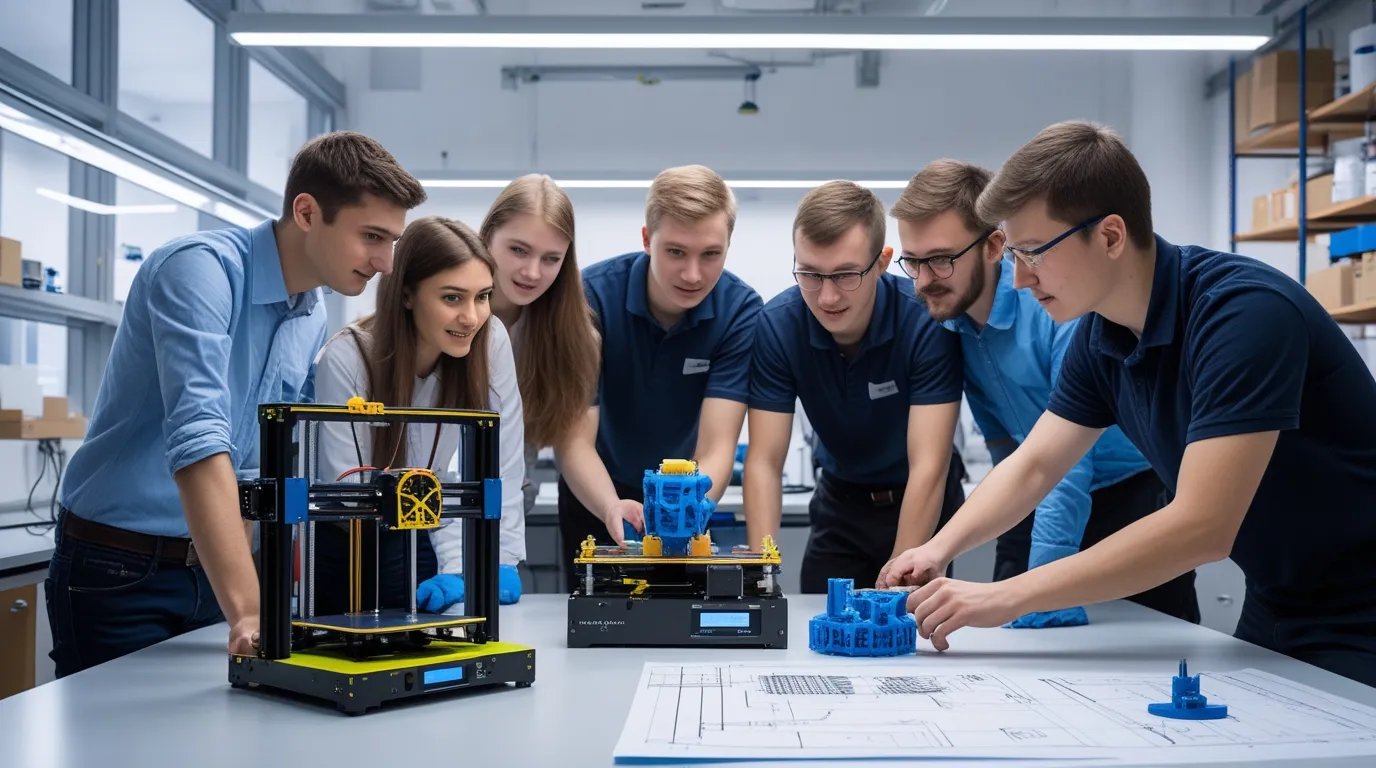
Fast, accurate monitoring helps identify diseases earlier, reduce losses, and improve product quality — resulting in higher yields and profitability. As production scales, competition will rise, leading to lower prices for consumers.
The new robotic complex, when combined with precision agriculture technologies, has strong export potential. It could be adopted by countries in Eastern Europe, the Middle East, and Asia — regions seeking affordable, reliable solutions for crop monitoring and agri-automation. By leveraging AI and robotics, Russia positions itself as a growing player in the global agricultural technology landscape.


